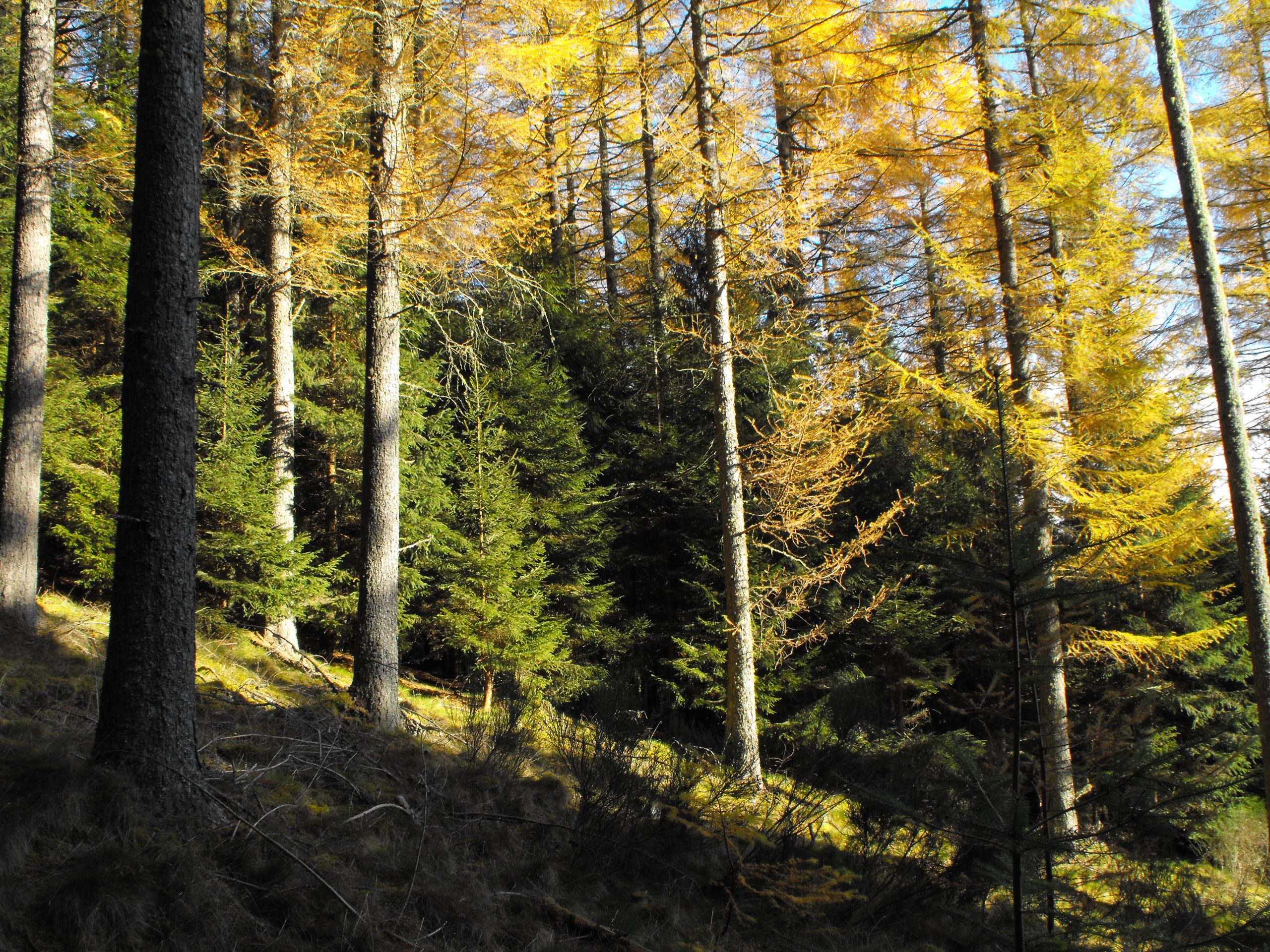What are Forest Development Types (FDTs)?
A “Forest Development Type” is a long-term vision of how the species composition and structure of a forest stand is intended to develop.
The concept encourages greater use of mixed-species stands and a wider variety of stand structures. It also promotes better use of site adapted species and natural regeneration.
We have developed management tools which will help practitioners to use FDTs to diversify their forests and increase resilience.
What are the benefits of FDTs?
- They provide a comprehensive view of the potential species, mixtures and stand structures for a site.
- They provide a framework and common language for managers helping them to describe different forest structures.
- They challenge current silvicultural practice.
- They aid long-term planning and management of resilient forests, helping consecutive managers work towards a long-term goal.
- They promote the trend towards mixed stands and diverse forest structures.
- They facilitate multi-purpose forest management as economic, environmental and social objectives are all embedded.
How can FDTs be used?
FDTs can be used by policymakers, planners and forest managers aiming to increase the diversity of their forests.
The FDT concept is described by:
- A Guide, which explains how the FDT concept works and how it should be applied in different circumstances.
- A series of ‘Flashcards’ – each FDT has a double-sided information sheet (‘Flashcard’) describing the composition, structure, climatic requirements and management options.
- FDTs have been incorporated into Ecological Site Classification (ESC DSS) [users should select ‘Forest Development Types’ from the drop-down menu at the top].
- They are being incorporated into GIS systems, helping planners and practitioners to make and record decisions.

European larch with an understorey of Norway spruce. Using FDTs this would be FDT 2.4.2 ‘Larch with shade tolerant conifers.’
Project progress
The system we have developed defines a number of FDTs, each one describing a target stand structure and composition, and with defined climate and site suitability. The development process has involved consultation and workshops with a range of stakeholders.
The Forest Development Type – Guide [PDF. 3.13mb] and Flashcards [PDF, 3.74mb] are now freely available to download.
As a specialised and bespoke document, it was not possible to make the Flashcards file accessible, but if you require it in an accessible format, please contact fdt.support@forestresearch.gov.uk
Guidance on how to use Forest Development Types to diversify existing forests is also now available.
Download Forest Development Types – Diversification [PDF, 1.01mb]
Please also email us with any comments or feedback.
See our webinar
The embedded video below explains the concept of Forest Development Types and their use in British forestry:
Funder information
The work is funded by Forestry and Land Scotland, Forestry England and the Science and Innovation Strategy (SIS) for forestry in Great Britain.
